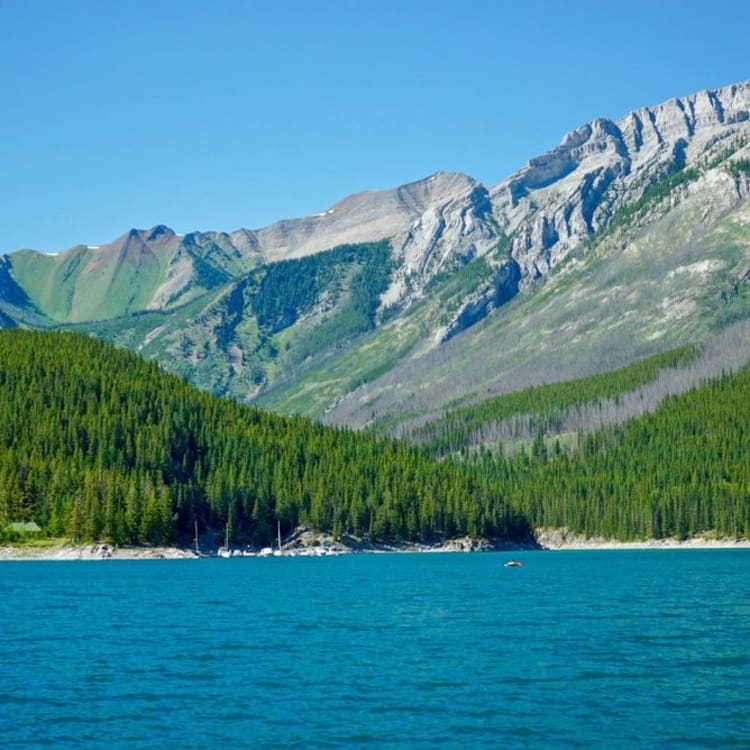
GUIDE Great food, Beautiful scenery and Fun activities in Nagano Prefecture by JNTO on 16 July 2019
If you have already experienced the bustling megacity life of Tokyo and Osaka, why not discover another side of Japan?
If you want to escape to somewhere more tranquil and enjoy spectacular scenery, Nagano Prefecture is just the place for you.
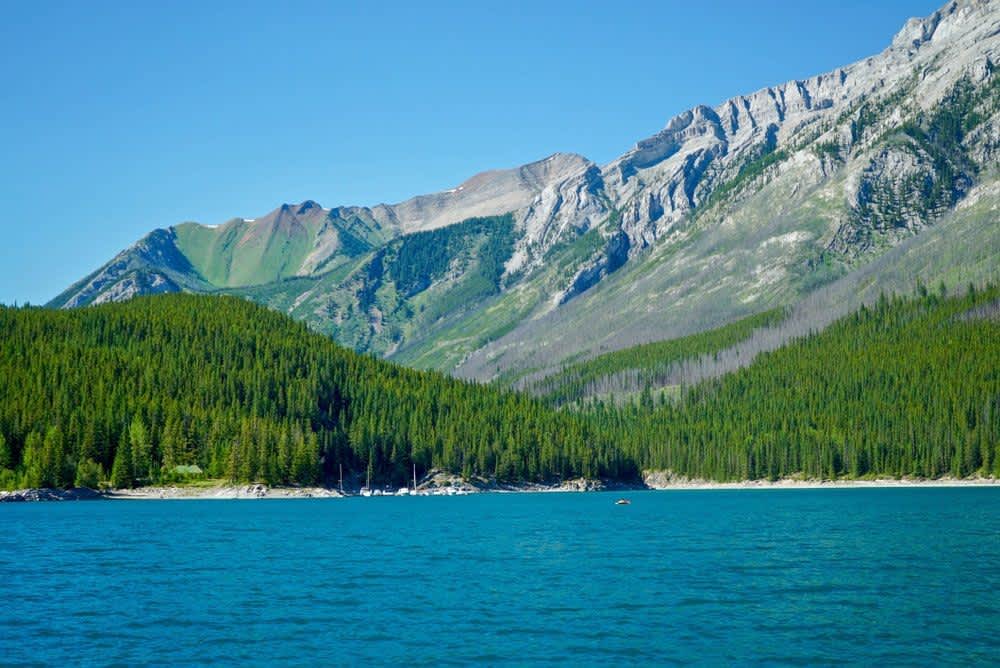
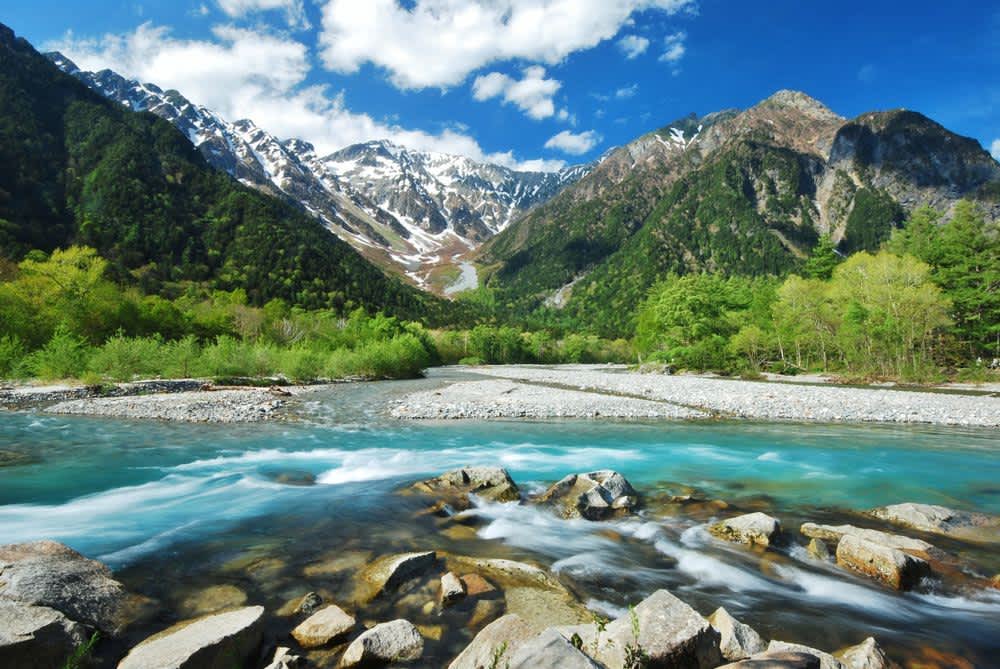
Located in the centre of Chubu region and well known as the “The Roof of Japan” thanks to the majestic Japan Alps that traverse it. Nagano is also famous as the place where soba (buckwheat) noodles originated. Soba has been eaten in various forms in Japan for thousands of years, but according to a haiku (traditional three-line poetry) collection, the practice of cutting the dough made of a mix of buckwheat and wheat flour into noodles (soba kiri) and eating it developed in Nagano Prefecture in the Edo Period (1603-1868).
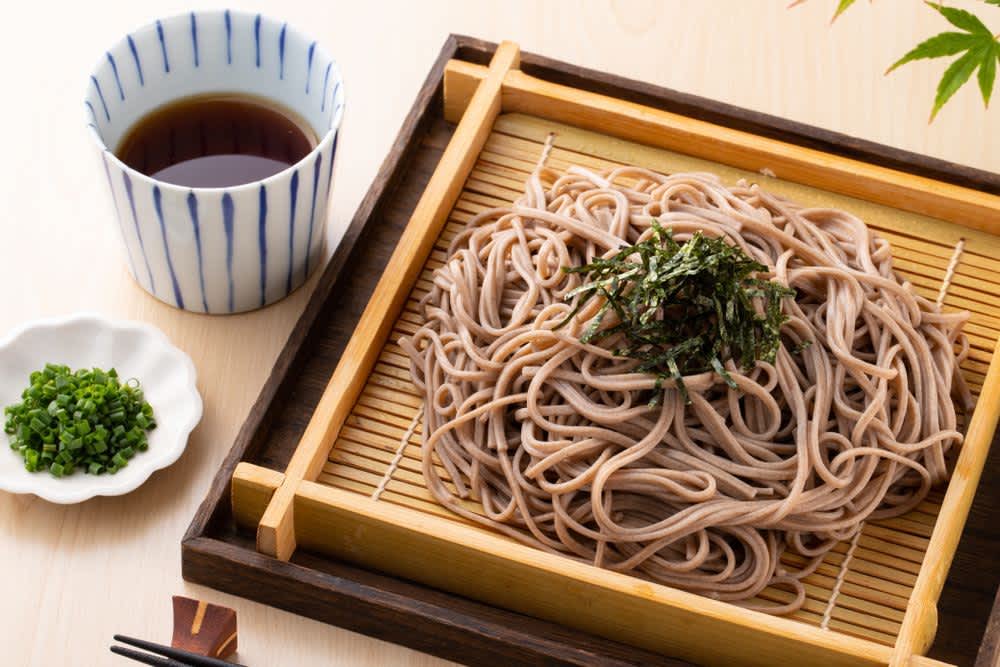
One of the most famous soba brands is Shinshu soba. Shinshu is the name of the old Japanese province that is now Nagano Prefecture. Buckwheat cultivation has a long history in the region because its high elevation, wide seasonal temperature range and volcanic soil create ideal growing conditions. Only noodles containing at least 40 percent of local soba flour can be labelled Shinshu-soba. There are numerous soba festivals held in Nagano Prefecture which attractthousands of people annually.
This time, we will introduce locations to enjoy Shinshu soba and some of the best sights Nagano has to offer at the same time.
Matsumoto Castle, superb views and much more!Matsumoto, Azumino, Kamikochi region
Matsumoto is the second biggest city in Nagano Prefecture and is home to a range of attractions. Whether you are an active hiker, a young artist, a gourmet hunter, or a photographer who loves beautiful scenery, there is always something for you in this city.
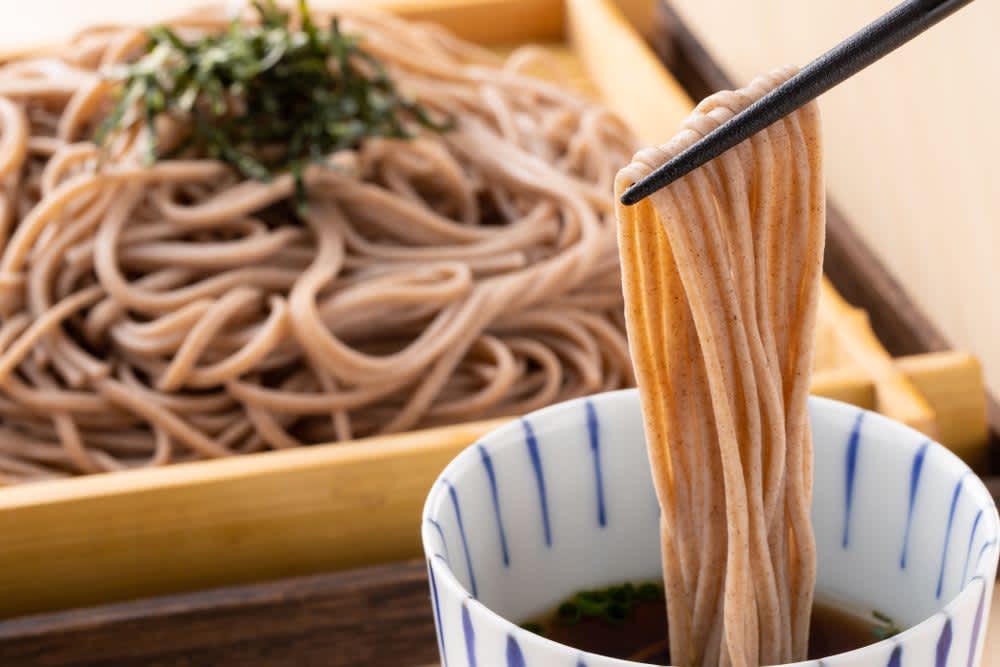
To enjoy Shinshu soba and sightseeing at the same time, we recommend that you take a walk around Matsumoto Station and the environs of Matsumoto Castle.
If you are interested in architecture and history, the best place in town has to be the Matsumoto castle. Also known as the “Crow Castle” because of the black plastered walls, it is one of Japan's three outstanding castles along with those at Himeji and Kumamoto.
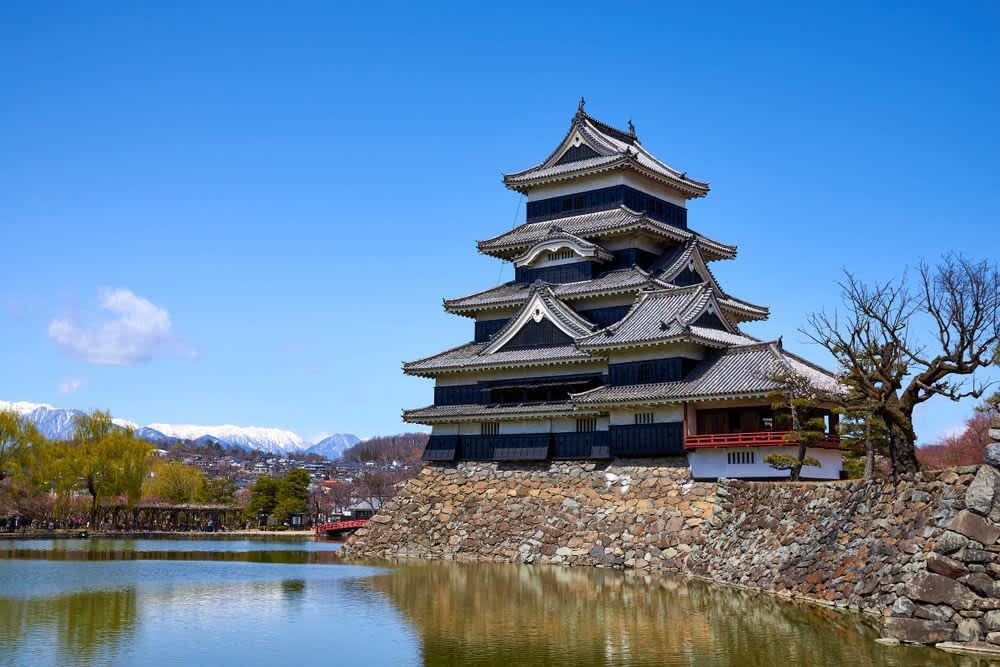
The wooden interior of one of Japan’s oldest surviving castle keep gives visitors a feeling of tranquillity that have been reconstructed in concrete. The castle also contains some well-preserved features from the Warring State Period such as openings to drop stones or pour boiling water on invaders and archery slits.Today, you can enjoy the Moon Viewing Tower, built in peacetime in the Edo Period to catch a its bird’s eye view of Matsumoto city.
If you are a fan of beautiful mountain scenery, Kamikochi and Azumino are two places not to be missed.
Kamikochi is a hidden gem located in the Northern Japan Alps of Nagano Prefecture. The highland valley is said to have the most stunning mountain views and is about 1,500 metres above sea level. As part of the Chubu Sangaku National Park, Kamikochi cannot be reached directly by car and has yet to be fully developed as a tourist area, with only a few hotels, omiyage shops,huts, and hiking trails.
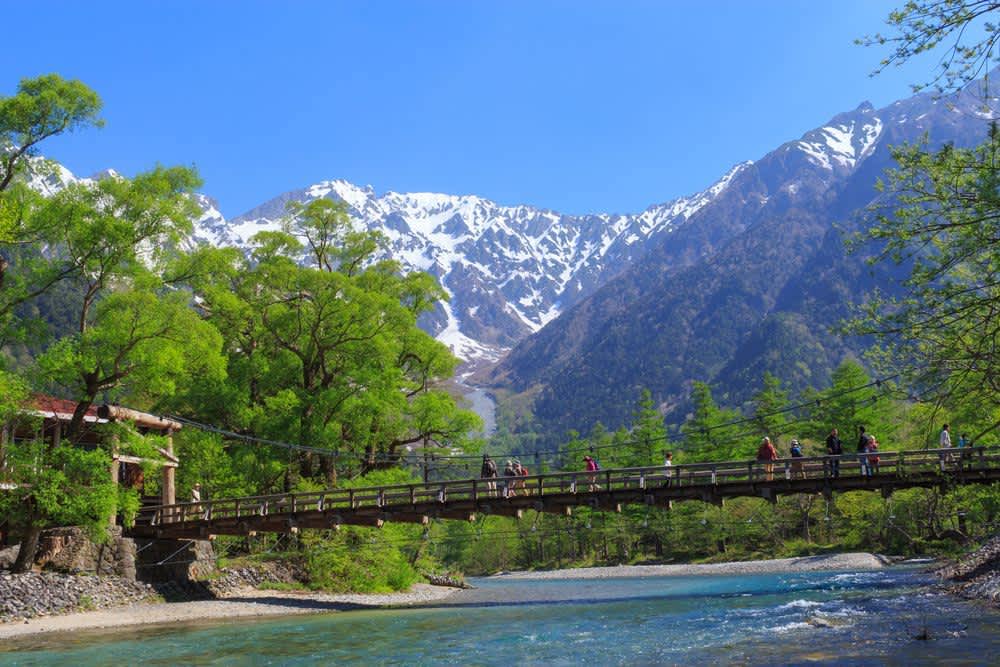
Kamikochi is a hidden gem located in the Northern Japan Alps of Nagano Prefecture. The highland valley is said to have the most stunning mountain views and is about 1,500 metres above sea level. As part of the Chubu Sangaku National Park, Kamikochi cannot be reached directly by car and has yet to be fully developed as a tourist area, with only a few hotels, omiyage shops and huts, and hiking trails. Nestling below the glorious Japan Alps in a beautiful valley in western Nagano Prefecture, lies Azumino. The city is probably best known for The Daio Wasabi Farm, the largest of its kind in Japan, established in 1915. Over here, you can try fresh fiery wasabi,wasabi-flavoured beer and ice cream too!
This place was also used as a location in Japanese film director Akira Kurosawa’s movie “Dreams”.
If your tastes are more artistic and contemporary, the Matsumoto City Museum of Art is located in the centre of the city, 12 minutes’ walk from the railway station. Over here, you can get a closer look at the work of Yayoi Kusama in a permanent exhibition. As the hometown of this world-famous artist, the museum houses some of her best-known works including her signature dotted pumpkin paintings and the outdoor sculpture “The Visionary Flowers”.
Experience Ninja fun!
Togakushi region
Even among Shinshu soba, Togakushi soba is something special, having existed since ancient times in ceremonial feasts. The village of the same nameis considered the birthplace of sobaand if you only try this popular everyday dish once, this is where you should eat it.
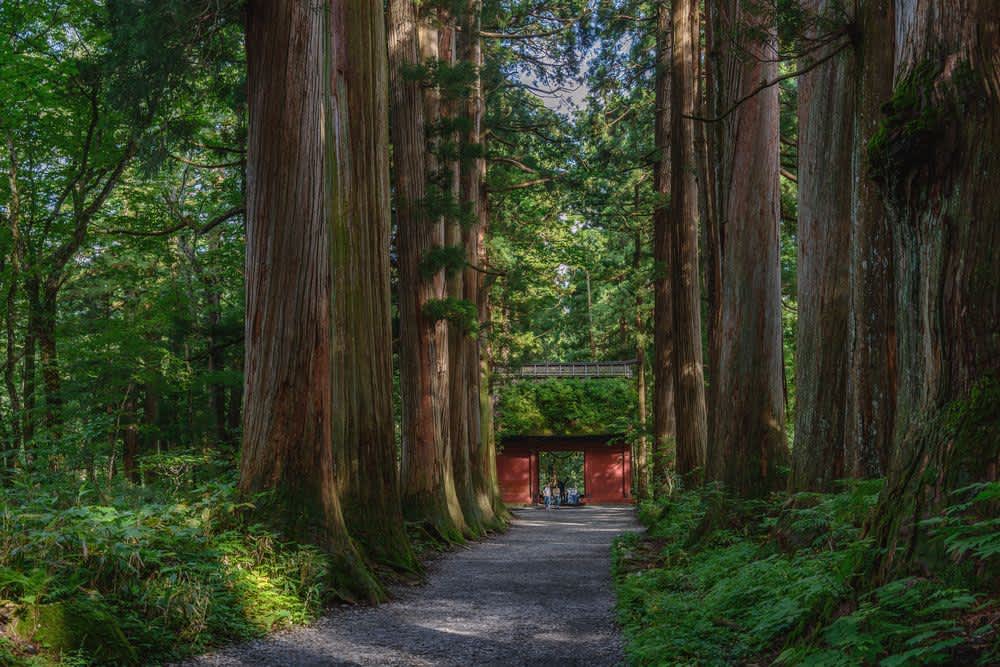
Togakushi is located in northern Nagano Prefecture, situated at the foot of two famous volcanoes, Togakushi and Iizuna Kogen. Togakushi used to be called Togakure and is said to be the birthplace of Togakure Ryu Ninpo - a ninjutsu school founded 800 years ago by Daisuke Nishina. There is still a reproduction of a ninja village, a ninjutsu school and fascinating stories behind this art of warfare have drawn many visitors to the village to explore! The “Kids Ninja Village” is a theme park for kids with many fun-filled activities suitable for the family.
Togakushi Shrine is located at the foot of sacred Mt. Togakushi. It actually comprises five small shrines extending up the mountain along a pilgrims’ path through huge cedar trees hundreds of years old. It is about a 40-minute walk to Okusha Shrine, the highest of the five, and the last stretch involves several hundred steps. But you can also take a bus all the way, which is a must in winter when the snow is too deep to travel by foot.
Easy access by shinkansen
Zenkō-ji Temple region
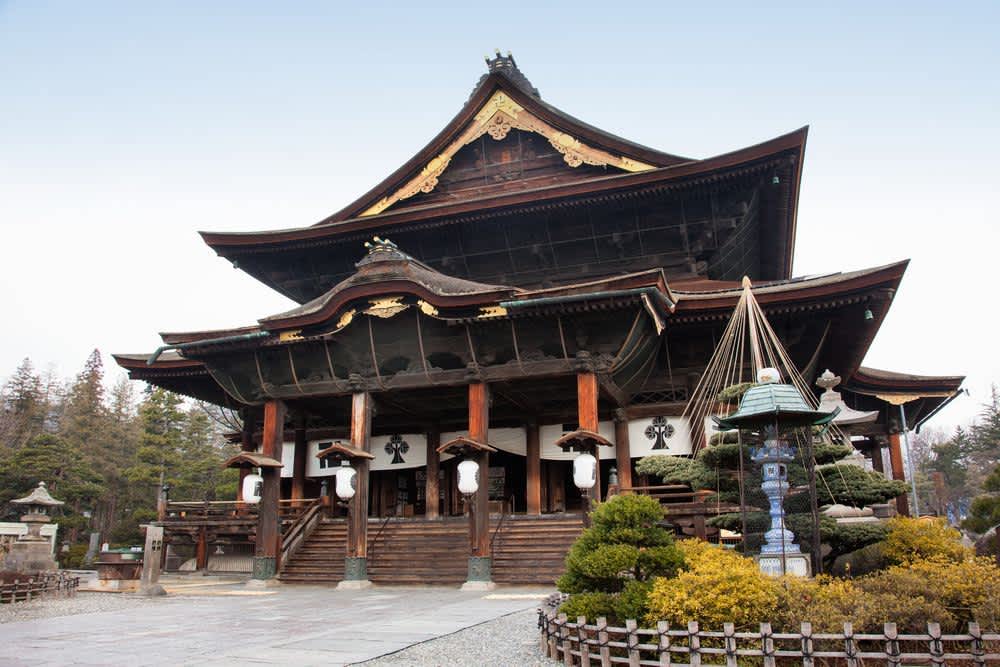
Zenkō-ji was founded in the 7th century and is considered one of the most important temples in Japan. It was an early centre of Buddhism in Japan and houses the first statue of Buddha which was brought to Japan from India via the kingdom of Paekche on the Korean Peninsula in the year 552.
The original statue is a “hibutsu” (a secret or hidden Buddha) that is never seen by anyone, so a replica (Maedachi-honzon) was made during the Kamakura period.
This Maedachi-honzon is itself designated as a national treasure and is only displayed to the public once every seven years in traditional year-counting method for about two months. The next chance to see this statue will be in 2021.
Also, there is a custom of eating soba after visiting Zenkō-ji, thus, there are many soba shops around the temple allowing visitors to have a meal after their visit to the temple.
























































